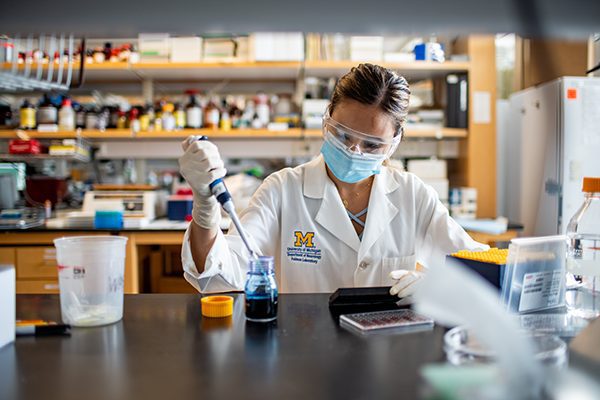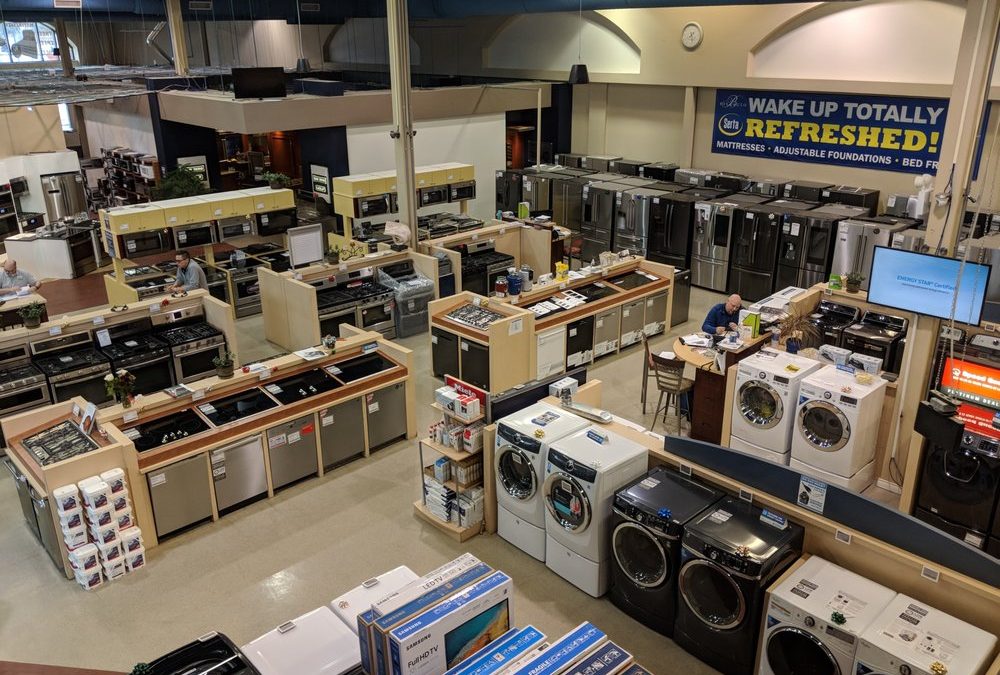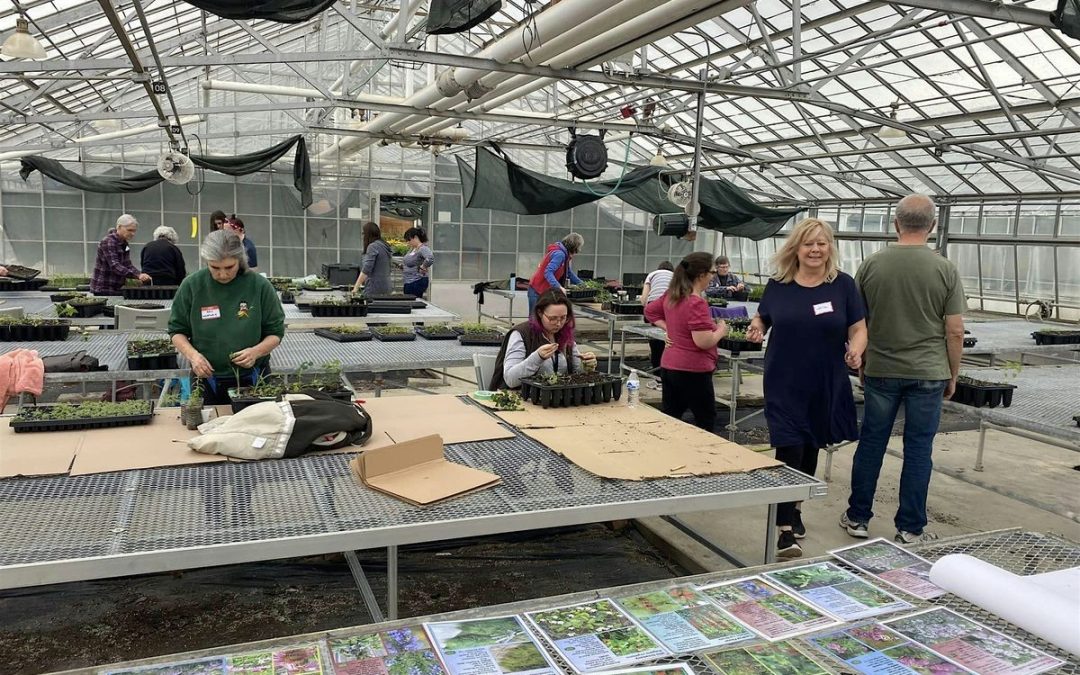The future of our planet is looking brighter thanks to a breakthrough from the University of Michigan chemists. They have developed an electrochemical method that enables plastics, such as PVC, to be recycled almost endlessly by breaking them down into component parts. Not only does this process improve the efficiency and safety of recycling plastic materials, but it also provides environmental and economic benefits by reducing pollution levels and increasing resource efficiency. This discovery could revolutionize how we think about plastic waste and pave the way for a circular economy based on sustainability principles.
The innovation is promising for the future of our planet. PVC plastics are notoriously difficult to recycle, with a zero percent recycling rate in the United States, and have caused massive amounts of plastic pollution across the globe. With this new process, however, these materials can now be recycled almost endlessly by breaking them down into their parts. The electrochemical method used by the researchers allows the plasticizer to mechanically recycle PVC to improve the efficiency of the process. Not only that, but it converts hydrochloric acid released by heating into a reagent for other chemical reactions. It does not corrode or cause injury to workers in contact with it.
This development could potentially revolutionize the industry as it could drastically cut down on plastic waste and create an environment where plastics can be recycled much more effectively and efficiently than before. Companies and consumers will no longer have to worry about producing unnecessary amounts of plastic waste or dealing with hazardous conditions when handling them, as they can now be repurposed into something else again. These advances in recycling technology have huge implications for reducing pollution levels worldwide and may even provide new avenues for innovation.

In addition to environmental benefits, this kind of chemical recycling also provides economic advantages by increasing resource efficiency and reducing energy costs related to manufacturing new materials from raw materials. It is estimated that annually billions of pounds of PVC are produced worldwide each year. Despite this progress, further research is still needed to ensure that all types of plastic can be recycled quickly and safely. This will ultimately lead us toward a circular economy based on sustainability principles – one where plastic products are manufactured with intentionality and where little-to-no waste is ever produced.






